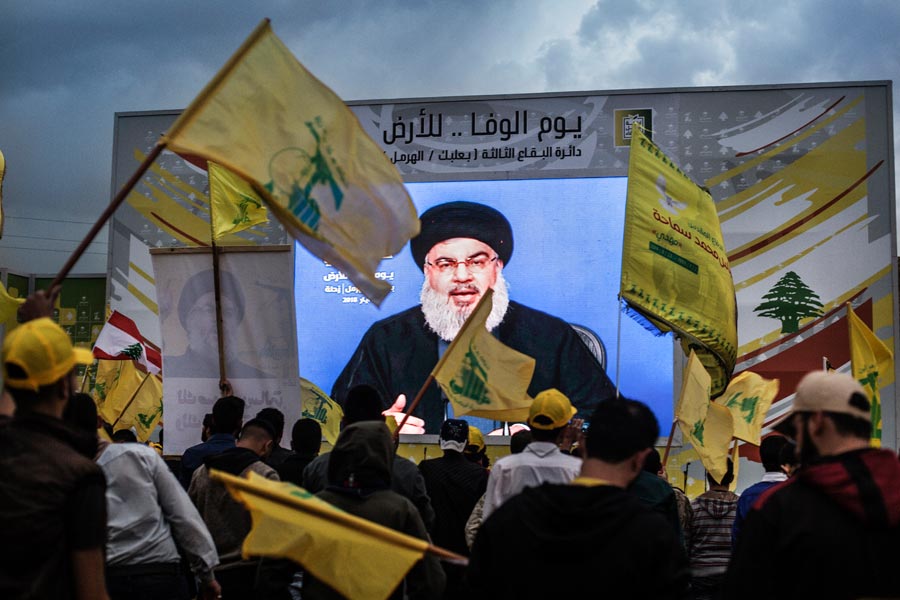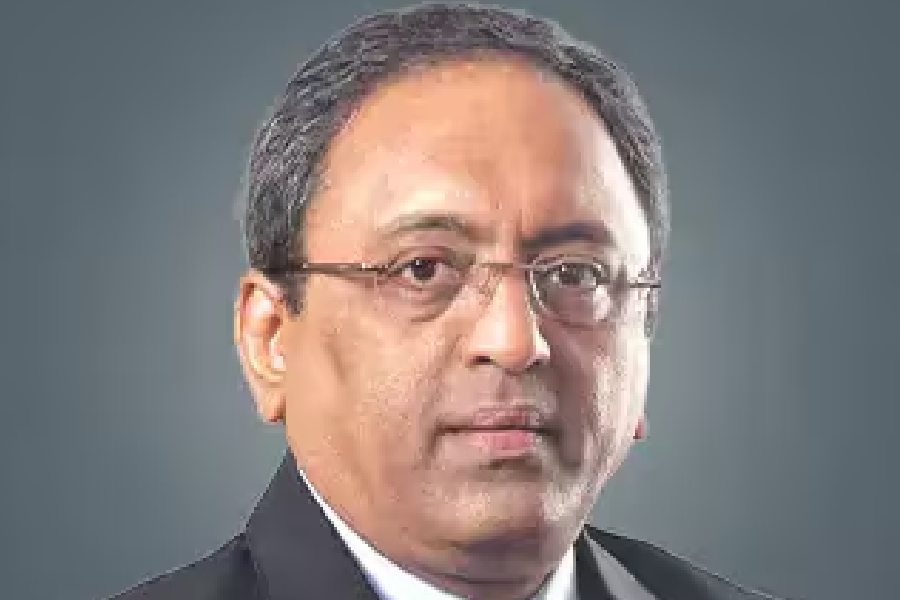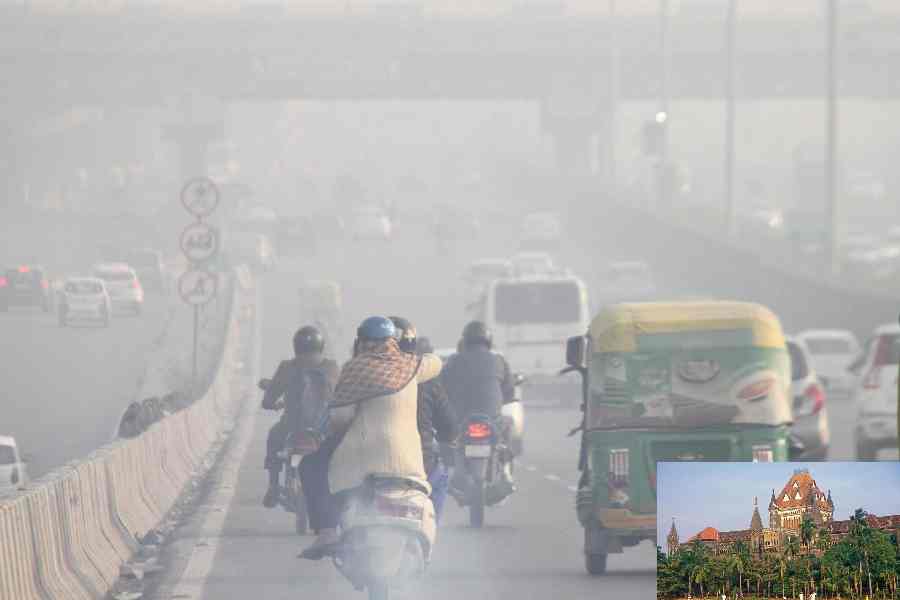For almost two decades, Hassan Nasrallah, the secretary-general of Hezbollah — who was targeted in an Israeli attack Friday and whose status remains unclear — has avoided public appearances out of concern that he would be assassinated.
The beard beneath the black turban marking him as a Shiite Muslim cleric has turned almost white over his 32 years in charge of Hezbollah. During that time Nasrallah, 64, has built the militant group into a potent force. It has become both a political organization that holds sway in fractured Lebanon and an army equipped with ballistic missiles that can threaten Tel Aviv, Israel.
The leader of the strongest militant group that Iran has helped to create in the region, Nasrallah has extended its reach well beyond Lebanon. Hezbollah fighters were instrumental in shoring up the government of President Bashar Assad next door in Syria when it was threatened by a popular uprising that started in 2011. Designated as a terrorist organization by the United States, Hezbollah has helped to train Hamas fighters, as well as militias in Iraq and Yemen.
Nasrallah is known, according to Arab tradition, as Abu Hadi or father of Hadi, after his eldest son, who was 18 when he died, in September 1997, in a firefight with the Israelis. Nasrallah has at least three other children.
He has long called for the liberation of Jerusalem and referred to Israel as “the Zionist entity,” maintaining that all Jewish immigrants should return to their countries of origin and that there should be one Palestine with equality for Muslims, Jews and Christians.
Nasrallah is believed to live modestly and rarely socializes outside Hezbollah’s ruling circles, eschewing public appearances and the telephone since the 2006 war against Israel. That war, which was set off when Hezbollah captured two Israeli soldiers during a cross-border raid, ended after 34 days of combat with both sides declaring victory. Afterward, Hezbollah was lauded across the Arab world, and took on an increasingly active role in conflicts around the region.
Nasrallah is a powerful orator with a robust command of classical Arabic. He laces his speeches with references to restoring lost Arab virility, a message that resonates across the region.
He comes across as less dour than most Shiite clerics, partly because of his slight lisp and a propensity to crack jokes. He has never pushed hard-line Islamic rules, like veils for women. The state within a state that he helped build with Iranian and expatriate financing as Lebanon struggled to emerge from a long civil war includes hospitals, schools and other social services.
Born in 1960 in Beirut, Nasrallah grew up in a mixed neighborhood of impoverished Christian Armenians, Druze, Palestinians and Shiites. His father had a small vegetable stand.
He studied briefly in a seminary in Qum, Iran, in 1989 and considered Iran’s 1979 Islamic Revolution to be the model for Shiites to end their traditional second-class status in the Muslim world.
In 1983, suicide bombing attacks against first the U.S. Embassy in Beirut, then the barracks of American and French peacekeepers, killed at least 360 people, including 241 U.S. service members. The murderous attacks were claimed by the Islamic Jihad Organization, considered a precursor to Hezbollah, and some of those suspected of planning it later became top commanders under Nasrallah.
Security around Nasrallah has long been extraordinary, particularly given that an Israeli rocket incinerated his predecessor. When he granted a rare interview to The New York Times in 2002, the reporter and photographer were blindfolded and driven around the southern suburbs of Beirut for a short time before the meeting. His security team then inspected absolutely everything that would enter the room, even unscrewing the pens to make sure that they contained only ink.
Hezbollah has exchanged artillery barrages with Israel since the war in the Gaza Strip started, but has been hesitant to bring its full arsenal to bear, given that many Lebanese, weary of grinding economic problems and general chaos, do not want another war.
On Sept. 19, in his most recent televised remarks, he blamed Israel for the exploding pagers and walkie-talkies that killed dozens of his foot soldiers and wounded several thousand more in the days before. “This retribution will come,” he said. “Its manner, size, how and where — these are things we will certainly keep to ourselves, in the narrowest circles even among us.”
The New York Times News Service











